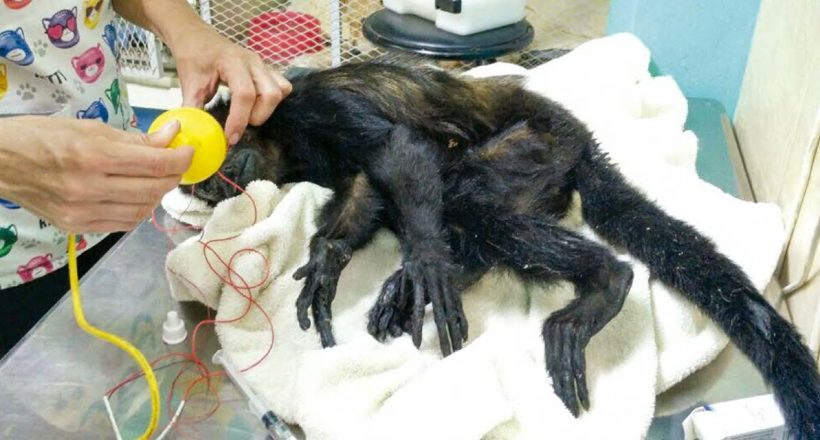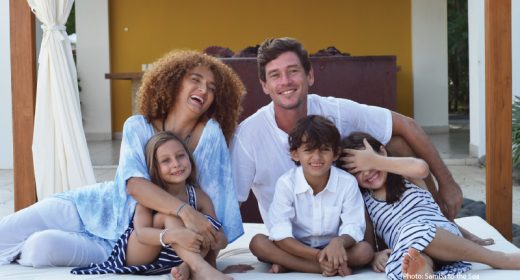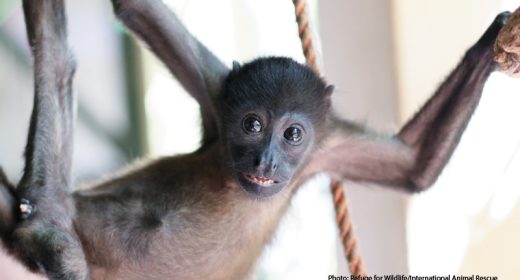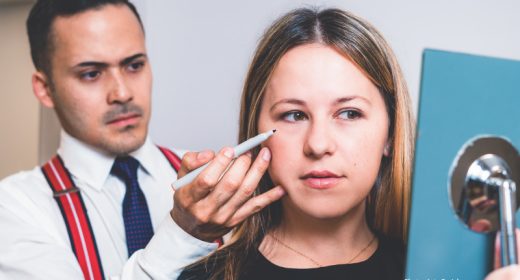
Pet Care – An Extraordinary Case of Caring
- MAY 03, 2018Warning: count(): Parameter must be an array or an object that implements Countable in /home/howlermag/public_html/old/wp-content/themes/new-paper/includes/general.php on line 193

Your Lead Paragrpah goes here
Caring for sick or injured wildlife is nothing out of the ordinary at our veterinary practice, where rescued animals are brought to us in many common circumstances. Particularly during Costa Rica’s dry season, wild creatures are at higher risk from exposure to predators, humans and domestic animals when scarcity of food and water forces them away from their natural habitats.
At this time of year, for example, our clinic typically treats between 10 and 15 howler monkey patients a month on average, with electrocution from power lines being the cause of many injuries and deaths. But one of our recent cases involving an elderly female howler monkey was anything but typical.
Everything about the reasons for this monkey needing medical attention and the manner of seeking and receiving it was truly extraordinary.
According to the people who brought her to the clinic, she had been found sitting alone in the middle of the road, apparently far from the vicinity of any monkey companions. She looked scared, but remained calm as they approached and showed no aggressive reaction when they picked her up. Upon arrival at the clinic, this monkey did not appear ill, only a little dehydrated, and was calm enough for us to perform a physical examination without sedation.
That’s when we discovered our new patient was an old lady. Both her eyes were dirty with a coating of yellow material, but that was the extent of any health problem we could detect. We began treatment by cleaning both eyes twice a day and a diet of tropical fruits. (In fact, malnutrition is a common condition in wildlife cases, due to the tendency of property developers to substitute ornamental plants in their landscape designs for the native tree species that produce edible leaves, fruits and flowers.)
 Although our little lady was not interested in eating from the floor of her cage, when we gave her a Gerber-type strained mixture with a syringe, she ate it hungrily and immediately.
Although our little lady was not interested in eating from the floor of her cage, when we gave her a Gerber-type strained mixture with a syringe, she ate it hungrily and immediately.
So, what was really happening in this mysterious case and how could we help? We made a decision that turned out to be lucky for this monkey, by putting her under anesthesia and looking deeper.
My colleague, Dr. Cajal, and I brought in the consulting veterinary ophthalmologist who visits our practice every two months. Dr. Gamboa agreed to provide a complete eye examination on our geriatric monkey patient for free: fluorescein test, ultrasound and retinography.
The old lady was diagnosed with a deep, inoperable cataract causing blindness in her right eye. A longstanding ulcer in her left eye is causing partial blindness but might be responsive to daily treatment.
This story ends with the offer from a volunteer to drive our lady to the Sibu Rescue Center, where she will continue receiving treatment and enjoy the rest of her old age.
How remarkable that a wild animal would emerge from the forest, make her way to the road, and just sit there waiting for two concerned humans to come along and bring her to a place where other specially trained humans could give her the right kind of help for a better quality of life that remains.
There must be a superior being taking care of us all! Thanks to the kind of caring people who sometimes get involved when least expected, as well as dedicated volunteers and groups like SalveMonos, I feel we are making a difference.









